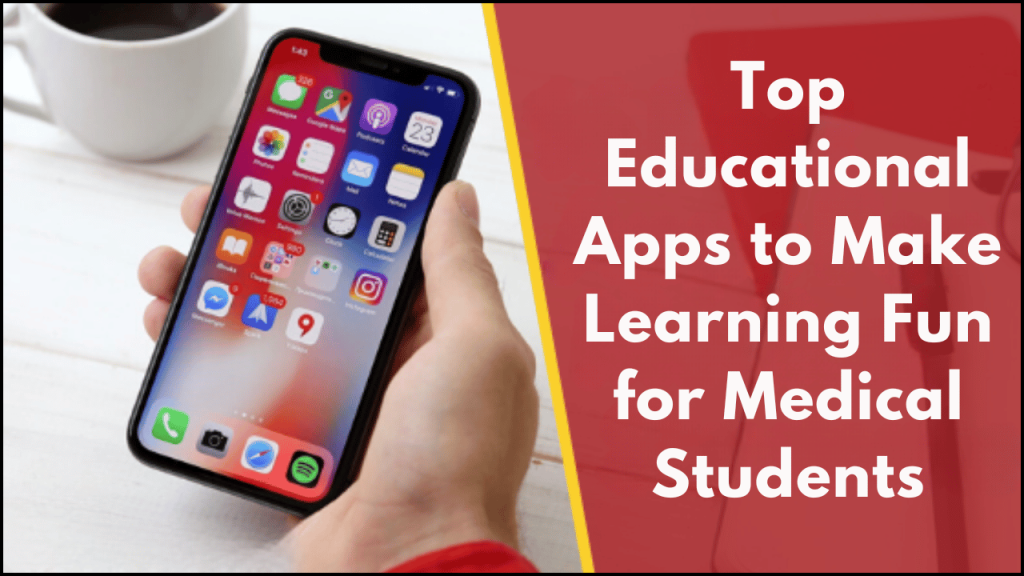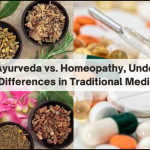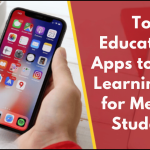
Medical education is demanding, requiring students to master complex subjects, retain vast amounts of information, and develop critical thinking skills. Traditional learning methods, while effective, can sometimes become boring and overwhelming. Fortunately, technological advancements have introduced educational apps designed to make learning more engaging and interactive for medical students.
These apps utilize gamification, visual learning, and interactive quizzes to reinforce knowledge, making studying both enjoyable and effective. In this article, we explore the top educational apps that help medical students learn in a fun and interactive manner.
Benefits of Educational Apps for Medical Students
Medical students can benefit immensely from using educational apps in their studies. Some advantages include:
- Flexibility and Convenience – Access to learning materials anytime and anywhere.
- Interactive Learning – Engaging animations, quizzes, and case studies improve retention.
- Personalized Study Plans – AI-driven apps adapt to students’ learning styles and progress.
- Gamification – Turning learning into games enhances motivation and engagement.
Top Educational Apps for Medical Students
The following table provides an overview of the best educational apps for medical students, highlighting their key features and pricing details.
| App Name | Features | Best For | Cost |
|---|---|---|---|
| Osmosis | Video lessons, flashcards, spaced repetition, USMLE prep | Concept reinforcement, exam preparation | Free trial, then subscription-based |
| Lecturio | High-yield video lectures, question banks, AI-driven learning | Medical school courses, USMLE prep | Subscription-based |
| AMBOSS | Extensive medical library, interactive question bank | Clinical knowledge, board exams | Subscription-based |
| Sketchy Medical | Visual memory technique for microbiology, pharmacology, and pathology | Memorization of key medical concepts | Subscription-based |
| Complete Anatomy | 3D anatomical models, dissection simulations | Anatomy learning, visualization | Free with in-app purchases |
| Anki | Customizable flashcards with spaced repetition | Memorization, self-paced learning | Free (basic), premium available |
| Medscape | Medical news, clinical case studies, drug reference guides | Clinical updates, professional development | Free (requires registration) |
| Geeky Medics | OSCE guides, clinical skills tutorials | Practical clinical skills, exam preparation | Free with premium options |
| Figure 1 | Real-world medical case discussions, image sharing | Clinical case discussions, diagnosis practice | Free |
| Human Anatomy Atlas | Detailed 3D anatomy models, cross-sectional imaging | Comprehensive anatomy learning | Paid |
Detailed Overview of Key Apps
1. Osmosis
Osmosis is a highly popular app that provides medical students with engaging video lessons, flashcards, and spaced repetition techniques. It is particularly useful for USMLE preparation and medical school coursework. Its AI-driven learning tools help students identify weak areas and improve retention.
2. Lecturio
Lecturio offers high-yield medical lectures by expert instructors, combined with an extensive question bank. It features an AI-driven adaptive learning system that tailors study plans to students’ individual needs. Lecturio is widely used for medical school courses and board exam preparation.
3. AMBOSS
AMBOSS provides a comprehensive medical library and interactive question bank, making it an excellent resource for medical students and professionals. It is best for clinical rotations and board exams, with detailed explanations for every concept.
4. Sketchy Medical
Sketchy Medical uses visual mnemonics to help students remember complex topics in microbiology, pharmacology, and pathology. The app’s storytelling approach makes it easier for students to retain key information.
5. Complete Anatomy
Complete Anatomy offers 3D anatomical models and dissection simulations, allowing medical students to explore the human body in detail. This app is particularly useful for anatomy students and those preparing for dissection labs.
6. Anki
Anki is a flashcard-based learning app that utilizes spaced repetition to enhance memory retention. Medical students often use it to study medical terminology, diseases, and drugs in a structured manner.
7. Medscape
Medscape is a trusted app providing medical news, clinical case studies, and drug reference guides. It is a great resource for staying updated on the latest medical advancements and clinical practices.
8. Geeky Medics
Geeky Medics offers clinical skills tutorials and OSCE guides, making it an essential app for students preparing for practical examinations and real-world medical practice.
9. Figure 1
Figure 1 is a case-based learning platform where medical students and professionals can view and discuss real-world medical cases through shared images and diagnoses. It is beneficial for clinical reasoning and diagnostic skills.
10. Human Anatomy Atlas
Human Anatomy Atlas features detailed 3D models of human anatomy, cross-sectional imaging, and interactive dissection tools. It is ideal for anatomy visualization and deep understanding of body structures.
How to Make the Most of Educational Apps
To maximize the benefits of these apps, medical students should:
- Use a Combination of Apps – Different apps serve different purposes. Use Osmosis or Lecturio for conceptual learning, Anki for memorization, and Complete Anatomy for anatomical visualization.
- Create a Study Schedule – Allocate specific time slots for app-based learning to maintain consistency.
- Engage in Active Learning – Use quizzes, case studies, and flashcards to reinforce knowledge.
- Join Online Communities – Apps like Figure 1 and Medscape provide platforms for discussions and knowledge sharing.
- Track Progress – Many apps offer progress-tracking features. Utilize these to assess strengths and weaknesses.









